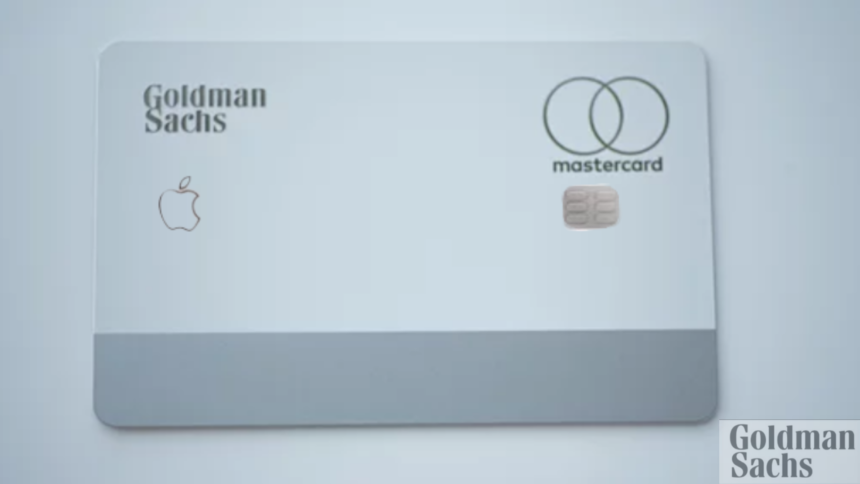Apple is indeed ending its credit card partnership with Goldman Sachs. According to The Wall Street Journal, Apple has given Goldman Sachs a proposal to end its credit-card and savings account partnership.
In a move that could reshape the landscape of consumer finance, Apple has reportedly proposed to end its credit card and savings account partnership with Goldman Sachs within the next 12 to 15 months. This decision, if finalized, would mark the culmination of a partnership that has spanned over four years and has been marked by both successes and challenges.
A Symbiotic Relationship
The Apple Card, launched in 2019, represented a significant foray into consumer banking for Goldman Sachs, a company traditionally known for its investment banking prowess. Partnering with Apple, a tech giant with a vast and loyal customer base, provided Goldman Sachs with an unprecedented opportunity to reach a wider audience and establish a foothold in the retail banking space.
For Apple, the partnership with Goldman Sachs brought expertise in credit card issuance and management, allowing the company to focus on its core strengths of design and innovation. The Apple Card, with its sleek interface, transparent fee structure, and unique Daily Cash rewards program, quickly gained popularity among Apple users.
Signs of Strain
Despite initial enthusiasm, the partnership has not been without its hurdles. Goldman Sachs has reportedly incurred significant losses on the Apple Card, with estimates exceeding $1 billion. This stems from a combination of factors, including higher-than-anticipated customer acquisition costs, a more generous rewards program than initially planned, and a more cautious approach to credit underwriting.
In response to these challenges, Goldman Sachs has scaled back its consumer banking ambitions, retreating from several areas and focusing on its core strengths. However, the company has maintained its commitment to the Apple Card partnership, expressing confidence in its long-term potential.
Project Breakout: Apple’s In-House ambitions
While Goldman Sachs remains committed to the partnership, Apple has been exploring ways to reduce its reliance on third parties for financial services. This initiative, internally dubbed “Project Breakout,” aims to bring critical functions such as lending, fraud analysis, and credit checks in-house.
This shift reflects Apple’s broader strategy of vertical integration, where the company seeks greater control over its products and services. By bringing financial services in-house, Apple could potentially improve customer experience, reduce costs, and enhance its ability to innovate.
Implications for the Future
The potential termination of the partnership between Apple and Goldman Sachs raises several questions about the future of the Apple Card and its users.
For Apple Cardholders, the immediate concern is whether the transition to a new partner or an in-house model would lead to any disruptions or changes to the product or its terms and conditions. Apple has assured customers that it remains committed to providing a seamless experience for Apple Cardholders, regardless of the outcome of the partnership with Goldman Sachs.
For Goldman Sachs, the potential loss of the Apple Card partnership could represent a significant setback in its consumer banking ambitions. However, the company has demonstrated its resilience in the face of challenges and could potentially use this experience to refine its approach to consumer finance.
Conclusion
The future of the Apple and Goldman Sachs partnership remains uncertain. While both companies have expressed a desire to continue the collaboration, the reported financial losses and Apple’s in-house ambitions could lead to a parting of ways. Ultimately, the decision will rest with Apple, which has shown a willingness to make bold moves in the pursuit of its strategic goals. Regardless of the outcome, the partnership between Apple and Goldman Sachs has undoubtedly left a lasting mark on the financial services landscape, demonstrating the potential for collaboration between tech giants and traditional financial institutions.





